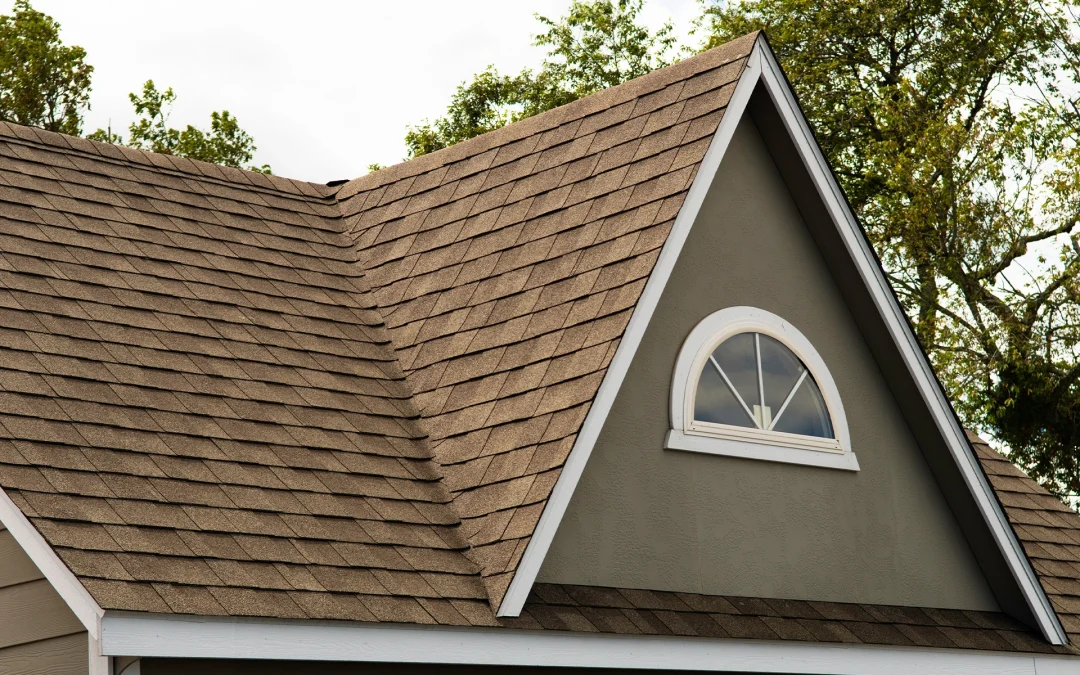1. What Chemicals Are Commonly Used in Roof Cleaning?
Roof cleaning involves specialized chemicals designed to break down dirt, algae, and moss without damaging shingles or roofing materials. Here are the most commonly used agents:
- Sodium Hypochlorite: A bleach-based solution effective in removing algae, mold, and mildew.
- Sodium Hydroxide: Often used in degreasers for breaking down tough grime and stains.
- Copper Sulfate: A popular choice for preventing and killing moss and algae growth.
- Surfactants: These are added to cleaning solutions to help chemicals adhere to the roof surface for better cleaning performance.
- Eco-Friendly Alternatives: Some roof cleaners use biodegradable and non-toxic solutions to minimize environmental impact.
Pro Tip: The choice of chemical depends on the type of roof and the specific contaminants present.
2. How Are Roof Cleaning Chemicals Applied?
Roof cleaning professionals use a method known as “soft washing” to apply these chemicals. This involves:
- Low-Pressure Application: Prevents damage to shingles and reduces runoff into the environment.
- Precision Spraying: Targets problem areas like moss patches or black streaks caused by algae.
- Rinse-Free Formulas: Many solutions are designed to degrade naturally over time, minimizing the need for rinsing.
Why It Works: Soft washing ensures effective cleaning without risking the integrity of the roof.
3. Are These Chemicals Safe for Your Roof?
When used correctly, roof cleaning chemicals are safe and beneficial. They:
- Preserve Roofing Materials: Soft washing prevents the abrasion caused by high-pressure cleaning methods.
- Eliminate Harmful Growths: Algae and moss can erode shingles over time; removing them prolongs your roof’s lifespan.
- Avoid Re-staining: Properly applied chemicals can prevent algae regrowth for months or even years.
Risk Warning: Improper use or excessive concentrations of chemicals can damage your roof and harm nearby plants or surfaces. Always rely on professionals to handle roof cleaning safely.
4. Environmental Impact of Roof Cleaning Chemicals
Modern roof cleaning solutions are designed to be environmentally friendly when used responsibly. Professional cleaners:
- Minimize Runoff: Apply chemicals in controlled amounts to prevent contamination of nearby water sources.
- Use Biodegradable Products: Opt for cleaning agents that break down naturally.
- Protect Surrounding Plants: Rinse or cover landscaping to shield it from potential harm.
Pro Tip: Ask your roof cleaning company about the products they use and their environmental safety measures.
5. Why Hire Professionals for Roof Cleaning?
Attempting to clean your roof with chemicals on your own can be risky. Professionals offer:
- Expert Knowledge: They know which chemicals are safe for your specific roof material.
- Proper Equipment: Specialized tools ensure even application and thorough cleaning.
- Safety Measures: Trained technicians follow best practices to avoid harm to your property or the environment.
Bonus: Professionals save you time, effort, and the potential cost of mistakes.
Safe and Effective Roof Cleaning with Professionals
Call us today at 615-336-7122, visit our website, or check out our Google Maps listing to schedule a roof cleaning service. Protect your roof and the environment with us!
Check us out on our Socials

